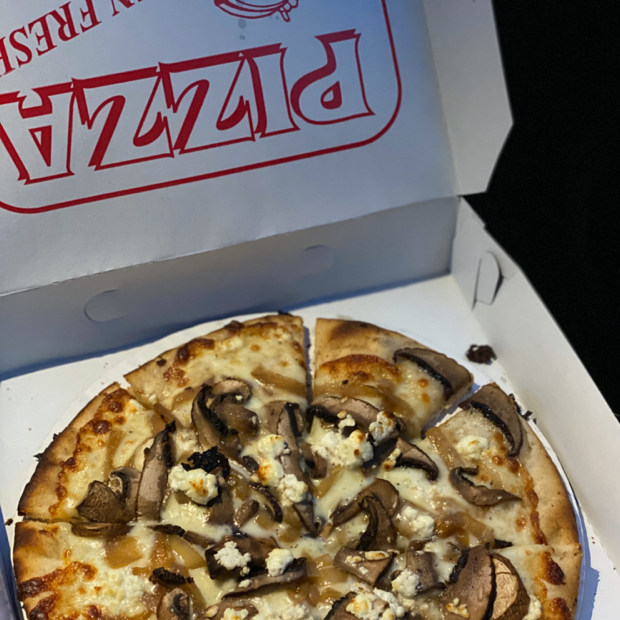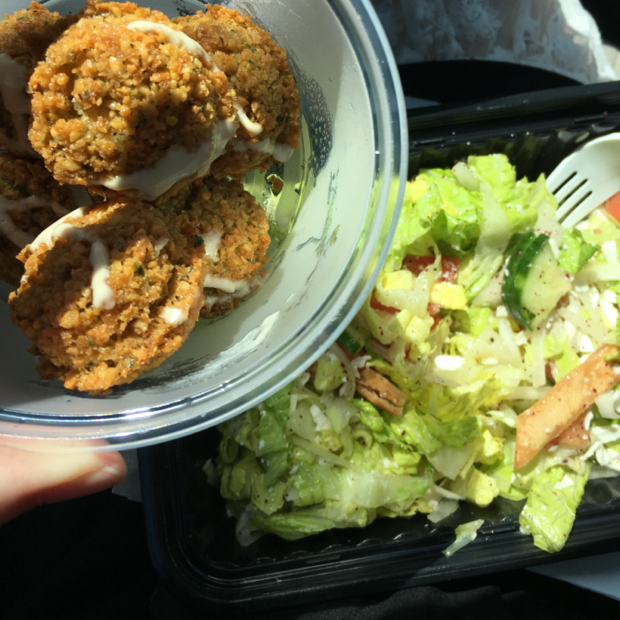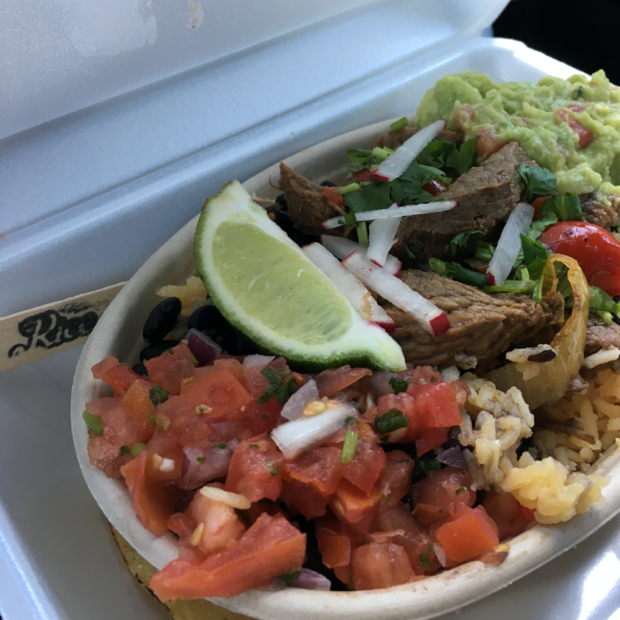April 21, 2020
The Scary Truth About Takeout
Ok, ok, so the title of this post is a little "click-bait-y", but with restaurants across the country limited to takeout or delivery only in an effort to curb the spread of COVID-19, it is a real thing for people who need to eat a gluten-free diet to wonder if it is safe to order their favorite food and support local restaurants. Let's be real, it's not only scary now, it has always been nerve-wracking to order food online, or over the phone, and pray that you do not end up in the bathroom all night. When you dine-in at a restaurant, the waitstaff, management and even sometimes the chefs themselves, are there to discuss any concerns you might have and review the menu with you for potential gluten sources of cross-contamination. However, when you order over the phone, or online, there is no actual physical person helping you, you are most likely rushed and if ordering online who knows if they read the little comment notes. You are just another ticket, not a real person sitting in their dining room. Are you going to get the attention your condition needs for you to eat safely?
I cannot be the only one that has ever had these concerns? And now even more so because we not only have to worry about getting sick from gluten, but is the food and packaging safe from the transfer of COVID-19? In an attempt to, not only calm my nerves, but yours as well, here are some tips to keep yourself safe and gluten-free during the COVID-19 pandemic and after.



1. Call ahead of placing your order.
Having worked in various food service establishments, I can tell you that, no matter what type of restaurant, during busy times, the last thing they can afford to be doing is having a lengthy conversation over the phone. However, if you call during a slow time, the employees, managers and even kitchen staff would be more than happy to go over any concerns or questions you might have. So try giving them a call at 10am or 3pm, off-hours when they can give you their undivided attention. Go over your options and decided what you will be ordering later when you do. Give them your name, tell them how you will be ordering later and ask them how best to notate your dietary restrictions on your order. This way, they will be ready to prepare your order properly when it comes in.
2. Research gluten-free options online or use an app.
Google is your friend and so is the Find Me Gluten Free app. You'd be surprised at how many restaurants have their gluten-free options, and even entire gluten-free menus, online. You do need to be careful, however, because even though they list something as gluten-free, it does not mean that it is safe to eat. Many restaurant list french fries as gluten-free, but then fry them in the same fryers they use for gluten-filled items, thus cross-contaminating them. I tend to use the Find Me Gluten Free app a lot more these days because it has actual reviews from other gluten-free eaters. It breaks down if the establishment is Celiac friendly and offers links to their gluten-free menus online for quick reference.
3. Opt for grilled or roasted over fried.
For the same reason we cannot trust "gluten-free fries" on a menu, because of cross-contamination, is the same reason you should opt for grilled, or roasted, items over those that are fried. If you would like to go the higher calorie route and order a fried menu item, ask if the establishment has a dedicated gluten-free fryer. I need to also caution about the grill, more specifically the flat top. Restaurants use flat top grills to cook many different items including making pancakes, french toast and toasting buns and rolls. It's worth mentioning and asking if they can use a separate pan to prepare your flat top items. Most establishments will gladly accommodate your request.
4. Ask about marinades and sauces.
Soy sauce, in my experience, has always been a sneaky ingredient. Most non-gluten-free individuals do not realize that soy sauce contains gluten to even caution you of its use. A lot of marinades, especially for beef, include soy sauce. Be sure to inquire about what is used to marinade your item, as well as, the ingredients in any sauces or dressings. Some commercially prepared, and even fresh-made, dressings and sauces use gluten-derived ingredients as thickeners. When in doubt, ask for sauces and dressings on the side and substitute with your own when you get the food home.
5. Request separate packaging.
I find it hilarious, not ha ha funny, when I order a gluten-free item, in a specially marked container, and it is packed in the same bag as the crusty crumbly gluten-filled free bread. This tends to happen A LOT when we get pizza, I order a simple salad and it comes in a bag topped with the worlds driest crumbly bread spreading its crumbs into all the open cracks in the salad container. Yikes! I try to, whenever possible, ask for my gluten-free items to be packaged separately from ALL other food items and labeled. Sometimes it works, sometimes it doesn't, but I feel like the odds are better when you ask.
Will following these five (great) tips ensure that you can safely order takeout and will never get glutened again? No, no it does not. But, it can help to lessen the chances and hopefully make you a tad more comfortable with ordering food to eat at home. If you are still uncertain, you can always invest in a Nima gluten tester and test your takeout before you eat it. At almost $6 a testing capsule, that will most defiantly increase the cost of your meal, but for peace of mind, it just might be worth it.

Colleen is an ISSA Certified Nutrition Coach, Culinary Institute of America Graduate and Your Gluten-Free Celiac Sidekick.
*Nutrition information can vary for a recipe based on factors such as precision of measurements, brands, ingredient freshness, or the source of nutrition data. We strive to keep the information as accurate as possible, but make no warranties regarding its accuracy. We encourage readers to make their own calculations based on the actual ingredients used in your recipe, using your preferred nutrition calculator. The author(s) of the website are not registered dietitians or medical professionals. Any recommendations are made based on our research or personal experience, but shall not be construed as medical or nutritional advice. You are fully responsible for any actions you take and any consequences that occur as a result of anything you read on this website. Please see Nutritional Disclaimer page for more information.
Contact Me
Best Way To Get In Touch
Easiest way to reach me is to send me an email at colleen@colleensaltarelli.com. You can also message me on social media. Looking forward to chatting with you!
Newsletter
Want To Be The First To Know?
I'll be dropping in with social media tips that you will be actually interested in, because no one likes getting junk mail, am I right?
